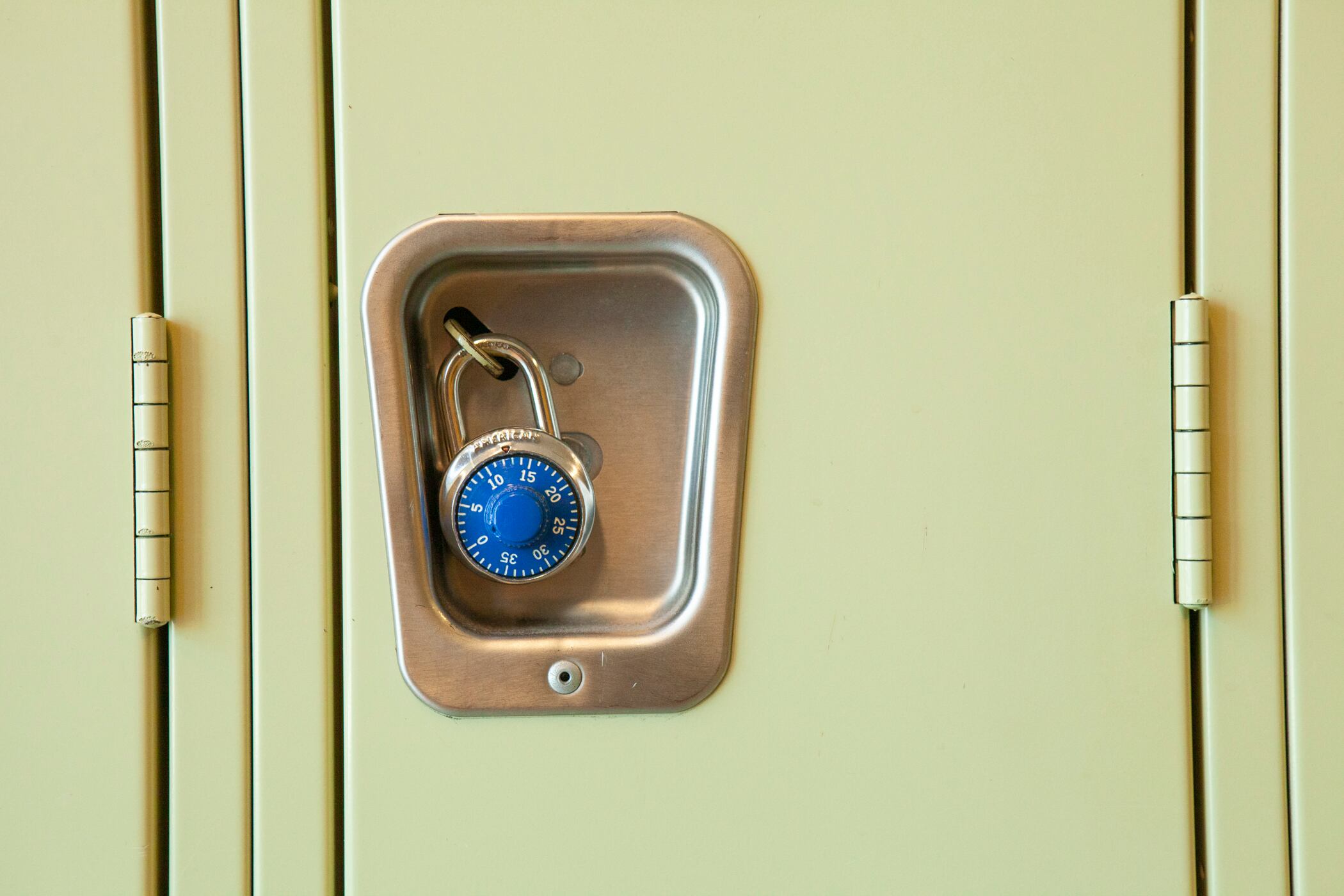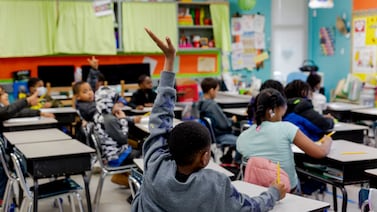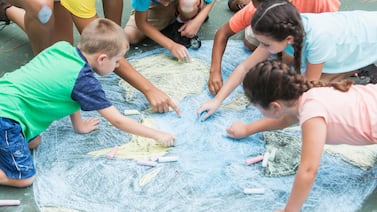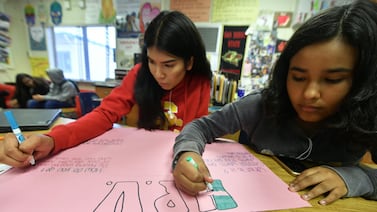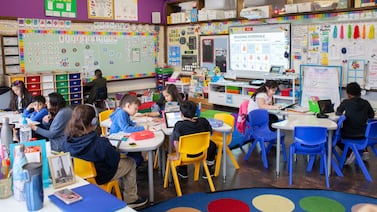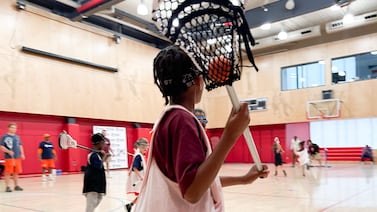Citing disruption from the pandemic, Chicago Public Schools will push back the deadline for applications to high schools, gifted and classical campuses, and other selective enrollment programs to Jan. 8, the district said Friday.
That will mean a delay in when students and families are notified of their choices. The previous deadline was Dec. 11.
The coronavirus pandemic and subsequent school building closures sent a ripple of disruptions through the school selection process in Chicago this fall. Instead of touring campuses, schools have offered virtual tours and online town halls for students. Auditions for fine arts programs are taking place remotely. Attendance won’t be considered, and selective enrollment testing — required for some of the city’s most competitive high schools — has also been delayed until mid-January, though exact dates have not been set.
The district has said it will broaden eligibility and consider previous administrations of the NWEA or MAP tests for students who need test scores to qualify for applications.
Chicago’s school buildings have been closed since March, but the district has allowed high schools to open for SAT college admissions testing, a decision that some parent groups have challenged because of concerns about student safety.
Chicago plans to reopen school campuses on Jan. 11 for pre-kindergarten and special education students and on Feb. 1 for students in kindergarten through eighth grade. The district also is giving families a choice of continuing to learn remotely; family surveys are due Monday.
The city has not said yet when it will reopen high school campuses.
The city’s universal application, GoCPS, is now in its fourth year, and typically, more than 25,000 eighth graders use the platform to make selections for high schools. The site has streamlined a process that used to be cumbersome and left some students stranded without offers.
Data from last fall showed that about nearly 92% of students received a match. Acceptance rates for the city’s 11 selective-enrollment high schools — generally considered its most competitive campuses — have not changed much over the years, with between 14% and 16% of students receiving an offer from their first choice selective-enrollment high schools.
How the pandemic will impact school selection and family decision-making remains to be seen.
Even before COVID-19, the high school application process in Chicago was anxiety producing for some families — from the odds of getting a first or second choice to how high a student would score on the admissions test. Advocates have pushed the school district to improve the quality of neighborhood high schools so that students are guaranteed seats in high-demand programs near where they live, and Mayor Lori Lightfoot frequently cited bolstering neighborhood schools as a priority when she was on the campaign trail.

